
This is the world I grew up in: iPods, ear buds, tinny laptop speakers. Most people my age don’t think twice about their equipment, so long as it makes sound. Your average iTunes a cionado isn’t going to shell out big sums of cash on stereo equipment, especial- ly when everything seems to have speakers built in these days. Why bother?
But there is good sound at approachable prices, fantastic sound really, the sort of sound that people obsess about. It’s not a mystical thing; it’s a visceral one; and younger people are nally starting to gure it out. Vinyl’s comeback is proof of that. The iPod generation is ready for quality; it’s just a matter of guring out how to get it. And for me, it always starts with speakers.
There’s nothing better than opening something new, which is probably why people watch videos of strangers unboxing hard- ware on YouTube. The Wharfedale Diamond 225s sat wrapped in plastic covers sandwiched between tight foam inserts at the top and bottom, keeping them secure in transit. When I nally got them up and out, I stared at the gorgeous rosewood-ve- neer boxes, with their black-lacquer MDF baf es and the small Wharfedale logo just beneath the woofer. I leaned back in my desk chair and thought: “Wow, those are pretty.” They’re clean, unpretentious, and clearly put together very, very well.
OK, the speaker grilles were a little weird. They’re two round foam pieces with little plastic rods that snap in over the tweet- er and the woofer, leaving the rest of the baf e exposed, as opposed to something that covers the whole front. It’s not my favorite aesthetic choice, though it’s not necessarily a bad one, either. Just a matter of taste, I guess. At least they’re easy to remove, so I popped them off and forgot about them.
The 225s are fairly compact, though deep and solid. Sound is always the most important aspect of any audio component, but you still have to live with these things, and it’s easier to live with beautiful stuff. Fortunately, they’re exactly what they need to be: simple and attractive. Clearly the people at Wharfedale know what they’re doing, which makes sense, considering how long they’ve been around. Wharfedale is a relatively large British out t founded back in the 1930s, and they’ve been a big name in British hi-fi ever since. The Diamond series debuted in 1981, and Wharfedale has been slowly improving the Diamond designs and sound without inflating cost, and that’s exactly what I’m looking for.
The 225s list at $450, which is a price an actual human with a real job could potentially afford. If you’re like me, and you’re sick of “affordable” equipment pushing easily into the $1000 range, this review is for you. Fact is, the majority of people can’t shell out the cash for the absurdly hyper-expensive audio equipment that clogs up most blogs. If we want to get the next generation to fall in love with great sound, I think it’s about time to accept that there’s some seriously good, affordable stuff worth writing about.
So with all that in mind, I put the 225s on top of my cheap stands, hooked them up to my (also British) Cambridge Audio CXA80 integrated, and turned it all on. Truth is, my listening space isn’t ideal. It’s small, oddly shaped with a sloping roof, and my speaker placement is limited. They have to be up close to a wall, though fortunately for me, these Wharfedales were designed with that in mind. The slot-loaded bass port res downwards, instead of back, minimizing room inter- action. So don’t worry about sticking them on either side of an entertainment system in the living room, for example, or squeezing them into a small of ce. Like I said, we have to live with these things, and space is sometimes at a premium.
Diving into the sound, I wasn’t sure what to expect. Bookshelf speakers typically aren’t known for deep, earth-shaking bass, and the 225s are no different in that regard. They aren’t going to rattle anyone’s bones and dig deep into that 40Hz bass region, which is fine—that’s what a sub’s for. Still, when I started with “Sparkle,” the rst track on Tatsuro Yamashita’s City Pop masterpiece, For You, I got such a satisfyingly deep drop that I didn’t find myself missing the lowest of the low registers. Frankly, I didn’t find myself missing much of anything at all, especially when that clean, twanging guitar played its insanely catchy riff. The opening of “Sparkle” features a heavy, show-stopping reveal, and the 225s were more than up to the task of reproducing that big moment. I was surprised by how but I think it’s so much more than enough for my small listening space. I can’t say how well they’d do in a much larger room, although I suspect they’d be up to the task.
The other good thing about “Sparkle” is the way Yamashita’s voice is recorded. There’s tons of reverb and space, his notes just drifting off into the background, and the 225s highlighted that nicely. For such small speakers, these things could create an impressive soundstage. Not the greatest, most spectacular presentation, but plenty to keep me engaged. Sound hung, drifting, projected nicely in both directions. At some points at higher volume, I noticed a bit of gristle in the upper registers, and sometimes the lower end felt a bit soft. I have to admit though, I was having fun just running through my favorite sides, one after the other, looking for any sonic detail that might be worth delving into. That’s the best sign that a piece of equipment is working. These little boxes just seemed to get me.
But I had to push the 225s, give them something challenging. That’s the whole point of a review, after all, to see how these things really perform. I turned to one of the strangest and most complicated albums of the year, King Krule’s The Ooz. This double-LP is as idiosyncratic as it is fascinating. On the most basic, surface level, it’s an experimental trip-hop masterpiece, but I think it’s so much more than that. It’s a sonically dif – cult album, with deep, rolling bass lines, up-tempo shifting beats, and Krule’s own morphing, grinding voice switching registers at will. The 225s did not disappoint me. They had a solid grip on the bass, keeping up with the hairpin-turn bumps and rumbles. The horns blaring in the background of “Dum Surfer” were rendered but- ter-smooth, along with that catchy guitar floating over the tight snares. I was drawn to the way the 225s made THE Ooz, somehow more accessible. It’s such an intricately layered album and little details such as Krule’s English slang could easily be missed if anything muddy got in the way. I could feel the de- tails of his voice despite the heavy synths and shimmer- ing guitar effects. The 225s did a great job of creating a solid soundstage with minutely differentiated pieces. These songs felt so simple at first listen, but it took a piece of equipment like the 225s to do this level of complexity justice.
Finally, I wanted to hear how the Diamond 225s would deal with rich, complex upper-range vocals. These speakers could handle bass and midrange, but I was curious as to how they’d do when it came to subtlety. For that, I turned to Moses Sumney’s odd, pared-down, R&B-influenced album, Romanticism. Sumney’s music focuses so much on his intense, wonderful, lilting falsetto, which nicely showcased the 225’s ability to highlight delicate high-end and midrange detail as he moved through registers. I had a feeling the 225s would be plenty engaging with a softer sound, and I wasn’t disappointed. The bass guitar on “Man on the Moon (reprise)” barely kept pace while Sumney’s vocals played above it, yet through the 225s the layers ofSumney’s voice came through clean, uncolored, and almost liquid. I didn’t really understand this album on first listen, but as I went through it again and again on the 225s, I came to really love its low-key cleanliness. In the end, I think that’s the real strength of the 225s. They weren’t throwing the deepest bass or resolving the upper registers absolutely perfectly, but they had weight right where I needed it, a;ong with the details and the clarity necessary to resolve complex tracks into enjoyable musicality.
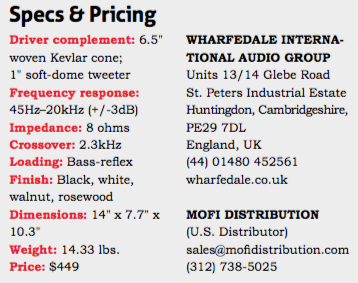 These speakers remind me that the “entry-level” isn’t a bad place to be. Inexpensive components are getting better and better as high-end design trickles down into supposedly budget hardware. The diamond 225s take everything good about high-end audio, the power of beautifully reproduced music, and they make it accessible to a wider audience. I believe the 225s would satisfy just about anybody for fantastic-sounding speakers design by a respected manufacturer at a reasonable price. They’re not perfect, but man, they’re still more than good. I highly recommended them.
These speakers remind me that the “entry-level” isn’t a bad place to be. Inexpensive components are getting better and better as high-end design trickles down into supposedly budget hardware. The diamond 225s take everything good about high-end audio, the power of beautifully reproduced music, and they make it accessible to a wider audience. I believe the 225s would satisfy just about anybody for fantastic-sounding speakers design by a respected manufacturer at a reasonable price. They’re not perfect, but man, they’re still more than good. I highly recommended them.


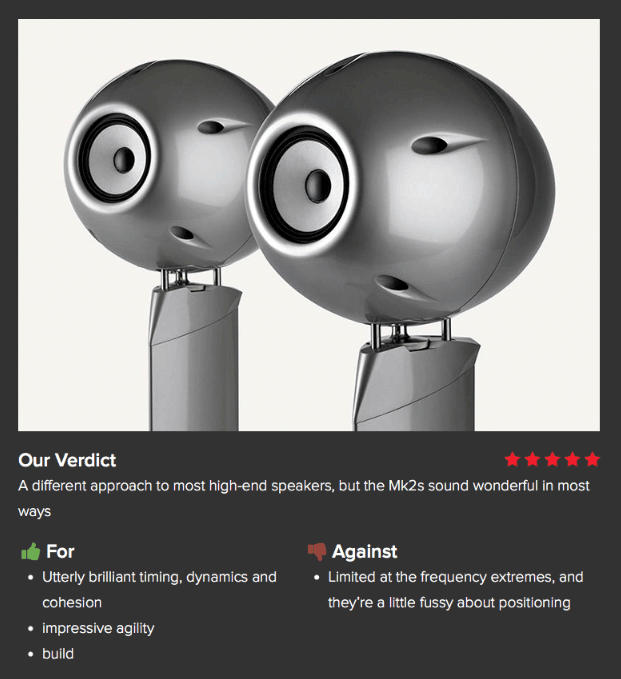
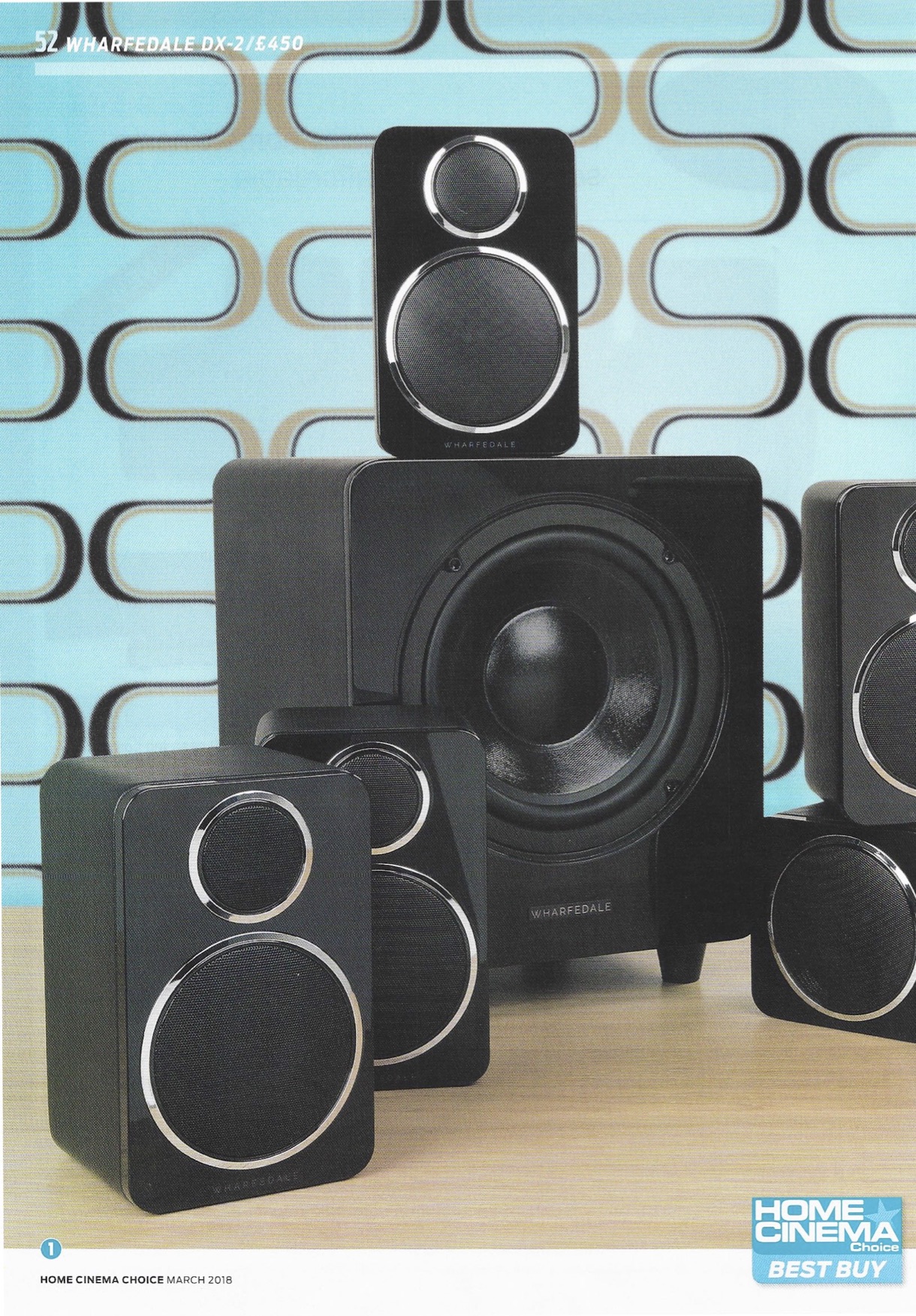

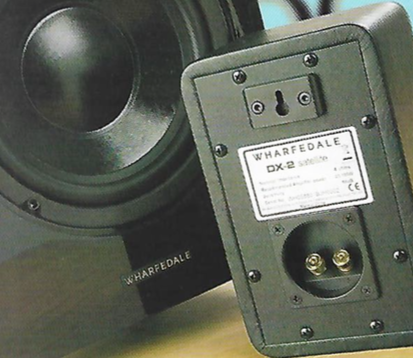


 承襲 7系列,售價相對便宜 簡單講過 Soulution 的來龍去脈, 準備進入本文。Soulution 的高價系列是 7系列,相對平價系列則是 5系列,5系列包括 520前級、501單聲道 後級、530綜合擴大機、540 Digital Player,以及 590 USB Converter,這次要寫的是 520前級與 501後級,先說 520前級。它的外觀跟我寫過的 540 CD唱盤完全一樣,只是 CD 唱盤多了
承襲 7系列,售價相對便宜 簡單講過 Soulution 的來龍去脈, 準備進入本文。Soulution 的高價系列是 7系列,相對平價系列則是 5系列,5系列包括 520前級、501單聲道 後級、530綜合擴大機、540 Digital Player,以及 590 USB Converter,這次要寫的是 520前級與 501後級,先說 520前級。它的外觀跟我寫過的 540 CD唱盤完全一樣,只是 CD 唱盤多了
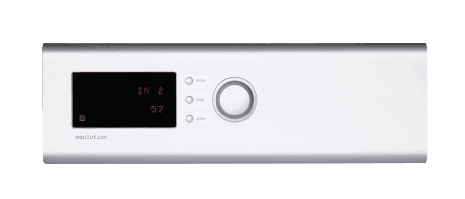 520 前級面板雖然簡單,但那個旋鈕卻同時擁有數種功能。在正常狀態 下可以控制音量大小。再輕按一下會讓音量控制失效,按久一點再放開可以進入輸入端切換選擇,選取您要的 輸入訊源。如果要進入選單設定要怎麼做? 按住 Prog 鈕不放至少10 秒鐘, 就會進入選單模式,接著旋轉大旋鈕來選擇想要的項目,選好之後再按一下大旋鈕表示進入,接著可以轉動大 旋鈕來改變數值,最後再按一下大旋鈕來表示 OK,這樣就設定完畢了。其實這些簡單的設定沒有太大的需要, 出廠時都已經設定好常用狀態,就算 您不去動他都可以正常使用。
520 前級面板雖然簡單,但那個旋鈕卻同時擁有數種功能。在正常狀態 下可以控制音量大小。再輕按一下會讓音量控制失效,按久一點再放開可以進入輸入端切換選擇,選取您要的 輸入訊源。如果要進入選單設定要怎麼做? 按住 Prog 鈕不放至少10 秒鐘, 就會進入選單模式,接著旋轉大旋鈕來選擇想要的項目,選好之後再按一下大旋鈕表示進入,接著可以轉動大 旋鈕來改變數值,最後再按一下大旋鈕來表示 OK,這樣就設定完畢了。其實這些簡單的設定沒有太大的需要, 出廠時都已經設定好常用狀態,就算 您不去動他都可以正常使用。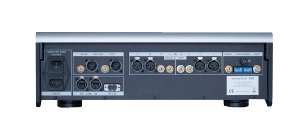 在輸入端方面,520 跟其他前級一 樣,採用繼電器做切換,避免各輸入端相互干擾。而在音量控制方面,520 採用雙層設計,第一層為精密金屬皮膜電阻跟繼電器所組成的 R2R 級進式音控系統。為了怕改變音量時失誤,突然 產生的強烈音量損及後級與喇叭,另外
在輸入端方面,520 跟其他前級一 樣,採用繼電器做切換,避免各輸入端相互干擾。而在音量控制方面,520 採用雙層設計,第一層為精密金屬皮膜電阻跟繼電器所組成的 R2R 級進式音控系統。為了怕改變音量時失誤,突然 產生的強烈音量損及後級與喇叭,另外

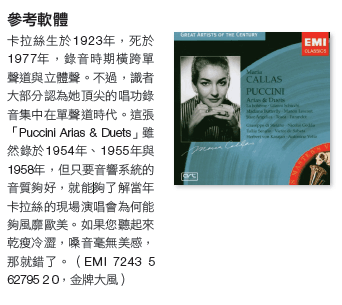 到底這套前後級的音質是怎麼迷人法? 在此我先不用什麼發燒片,就拿單聲道錄音為例。我用卡拉絲那張 「Puccini Arias & Duets」(EMI 7243 5 62795 20),這張CD 的原始錄音時 間是1954、1955與1958年,我要聽的不是錄音的音效,而是卡拉絲嗓音 音質。一句話: 520、501 把卡拉絲嗓音的美質唱出來了,那是如綢緞般滑 潤的嗓音,沒有尖銳,沒有乾澀,不 會削瘦,不會緊繃,反而是豐潤、有 水分、飽滿與寬鬆的嗓音,這樣的嗓 音說明了這套 Soulution 前、後級音質之美。
到底這套前後級的音質是怎麼迷人法? 在此我先不用什麼發燒片,就拿單聲道錄音為例。我用卡拉絲那張 「Puccini Arias & Duets」(EMI 7243 5 62795 20),這張CD 的原始錄音時 間是1954、1955與1958年,我要聽的不是錄音的音效,而是卡拉絲嗓音 音質。一句話: 520、501 把卡拉絲嗓音的美質唱出來了,那是如綢緞般滑 潤的嗓音,沒有尖銳,沒有乾澀,不 會削瘦,不會緊繃,反而是豐潤、有 水分、飽滿與寬鬆的嗓音,這樣的嗓 音說明了這套 Soulution 前、後級音質之美。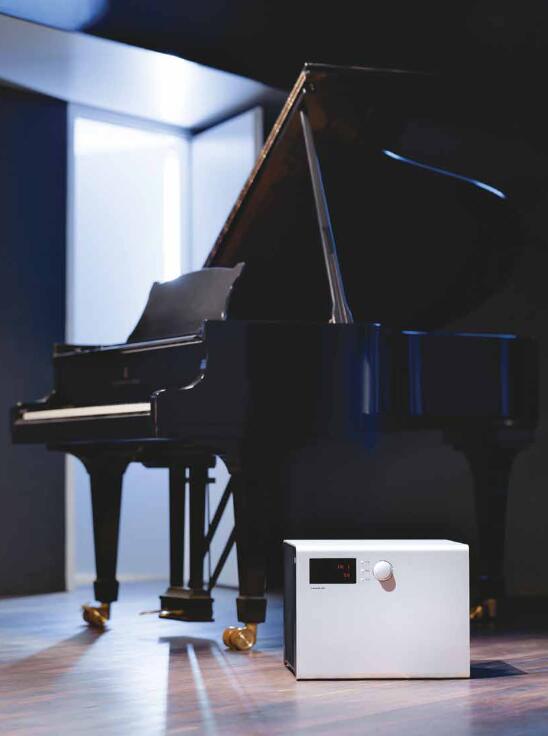
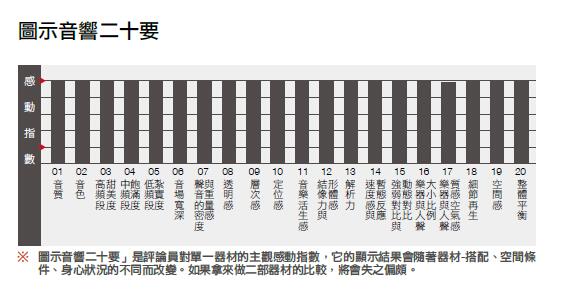

 從這個角度來看 Soulution,我們就比較可以理解這家公司的想法了。他們並不是不切實際,而是根本不用擔心實際上賺不賺錢。追求極致表現,才是 Cyrill 創立 Soulution 的目標,在音響界恐怕也只有 Soulution 才會不管市場接受度到底如何,也要不計成本做出像530這樣沒有任何妥協的綜合擴大機。一般人或許覺得 530 是瘋狂之作,但是對 Cyrill 來說,如果他們做出來的只是跟大家差不多的擴大機,那才是沒有意義的事。要做,就要做真正與眾不同、無法超越的產品,從裡到外都要將市面上其他綜合擴大機遠遠拋在腦後,這就是 530 存在的價值。
從這個角度來看 Soulution,我們就比較可以理解這家公司的想法了。他們並不是不切實際,而是根本不用擔心實際上賺不賺錢。追求極致表現,才是 Cyrill 創立 Soulution 的目標,在音響界恐怕也只有 Soulution 才會不管市場接受度到底如何,也要不計成本做出像530這樣沒有任何妥協的綜合擴大機。一般人或許覺得 530 是瘋狂之作,但是對 Cyrill 來說,如果他們做出來的只是跟大家差不多的擴大機,那才是沒有意義的事。要做,就要做真正與眾不同、無法超越的產品,從裡到外都要將市面上其他綜合擴大機遠遠拋在腦後,這就是 530 存在的價值。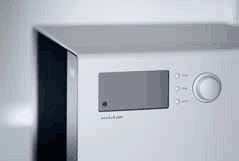 從線路設計分析, 我們也可看出 Soulution 與眾不同、勇於挑戰傳統的獨到見解。首先,許多音響迷對交換式電源一直抱有成見,認為這是廉價的作法,噪訊太高,而且聲音不夠好。不過530卻大膽採用了交換式電源線路,這麼做絕非為了省錢,因為 530 所使用的交換式電源,其實就是新一代 701/711 旗艦後級所配備的獨家技術,等級非但沒有降低,反而與旗艦同步進化。
從線路設計分析, 我們也可看出 Soulution 與眾不同、勇於挑戰傳統的獨到見解。首先,許多音響迷對交換式電源一直抱有成見,認為這是廉價的作法,噪訊太高,而且聲音不夠好。不過530卻大膽採用了交換式電源線路,這麼做絕非為了省錢,因為 530 所使用的交換式電源,其實就是新一代 701/711 旗艦後級所配備的獨家技術,等級非但沒有降低,反而與旗艦同步進化。 令人好奇的是,一般採用交換式電源的擴大機,體積通常可以大幅縮小,但是 530 的機箱為何還是如此巨大呢?深入研究之後,我發現原因有三:一是 530 一共配備了四組 600瓦的交換式電源模組,總容量高達2,400瓦。二是交換式電源雖然不需要傳統線性電源中體積龐大的變壓器,但是 Soulution 的設計卻配備了容量驚人的電容,用以應付瞬間大電流輸出。三是 530 一共設置了九組獨立供電,六組高速穩壓線路,分別供應前級、後級、數位邏輯控制及其他線路使用,徹底避免相互干擾,所以體積實在無法縮小。
令人好奇的是,一般採用交換式電源的擴大機,體積通常可以大幅縮小,但是 530 的機箱為何還是如此巨大呢?深入研究之後,我發現原因有三:一是 530 一共配備了四組 600瓦的交換式電源模組,總容量高達2,400瓦。二是交換式電源雖然不需要傳統線性電源中體積龐大的變壓器,但是 Soulution 的設計卻配備了容量驚人的電容,用以應付瞬間大電流輸出。三是 530 一共設置了九組獨立供電,六組高速穩壓線路,分別供應前級、後級、數位邏輯控制及其他線路使用,徹底避免相互干擾,所以體積實在無法縮小。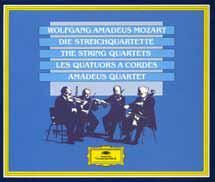 再聽Amadeus弦樂四重奏在1974年錄製的莫札特嬉遊曲KV136(DG 423 300-2),琴音纖細鮮活卻毫不緊繃刺耳,演奏暢快奔放卻毫不急躁。聽史特勞斯的小提琴奏鳴曲(Chandos CHAN8417),小提琴抒情慢板以往只讓我覺得質純溫潤,但是530又再一次提煉出了鮮度極高、活生感強烈的琴音。聽Denes Zsigmondy演奏的帕格尼尼小提琴奏鳴曲(Tuxedo TUXCD1082),琴音能量雖然強勁,但是卻依然有著醇美的質感。
再聽Amadeus弦樂四重奏在1974年錄製的莫札特嬉遊曲KV136(DG 423 300-2),琴音纖細鮮活卻毫不緊繃刺耳,演奏暢快奔放卻毫不急躁。聽史特勞斯的小提琴奏鳴曲(Chandos CHAN8417),小提琴抒情慢板以往只讓我覺得質純溫潤,但是530又再一次提煉出了鮮度極高、活生感強烈的琴音。聽Denes Zsigmondy演奏的帕格尼尼小提琴奏鳴曲(Tuxedo TUXCD1082),琴音能量雖然強勁,但是卻依然有著醇美的質感。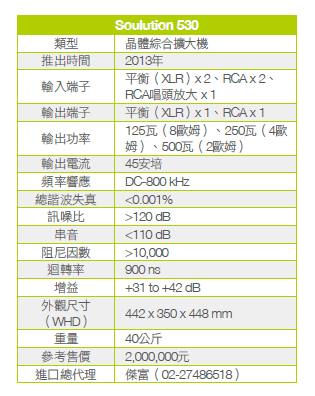

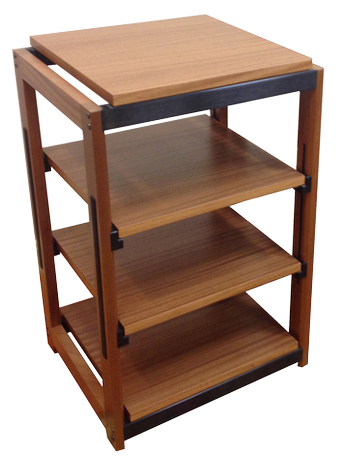

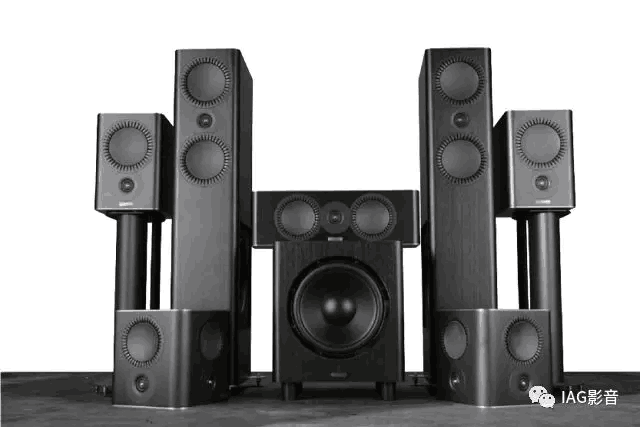
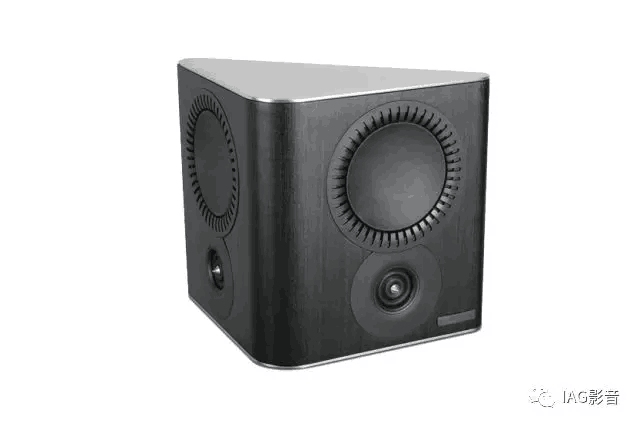
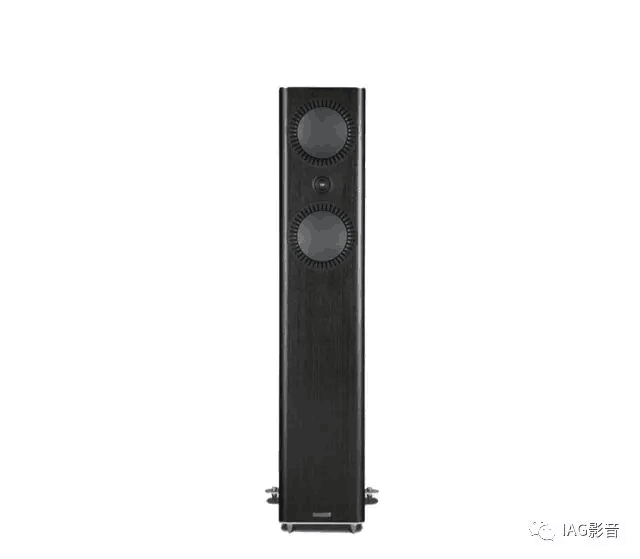
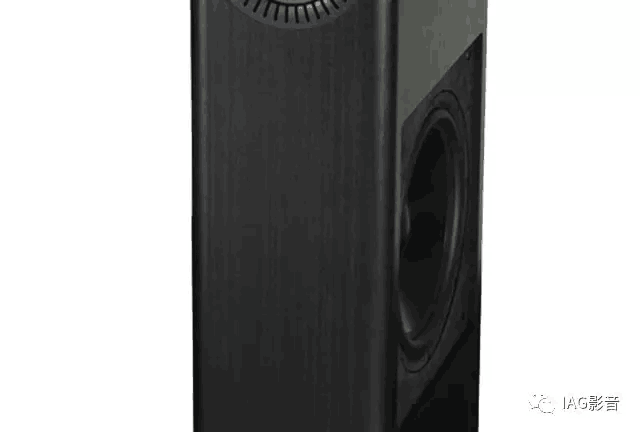
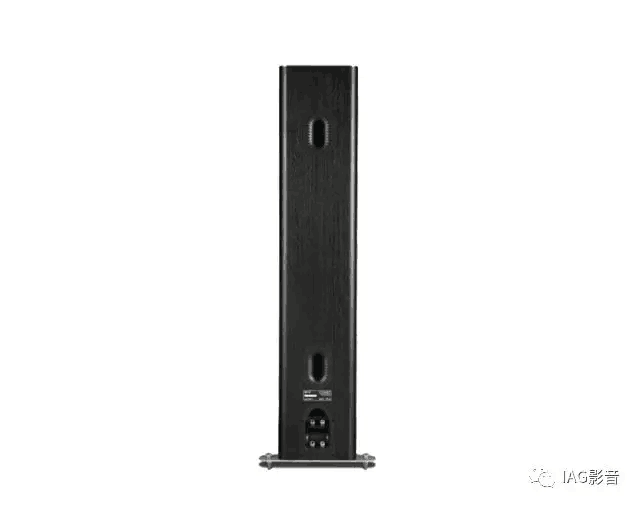
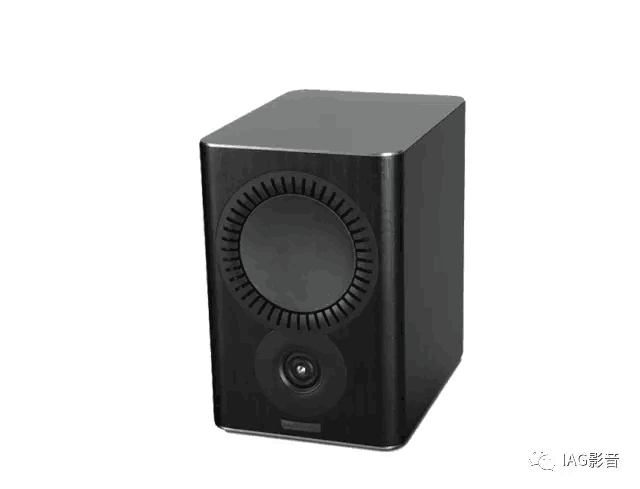

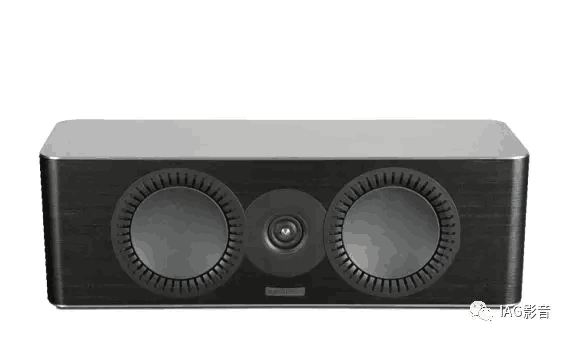
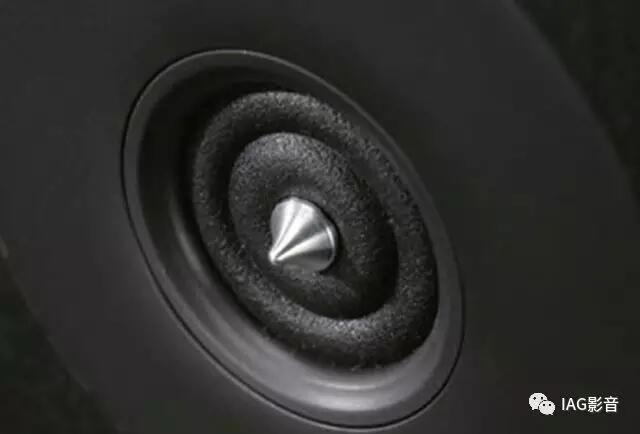
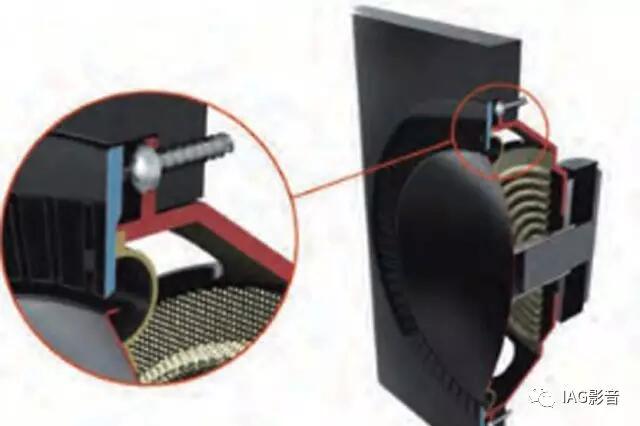
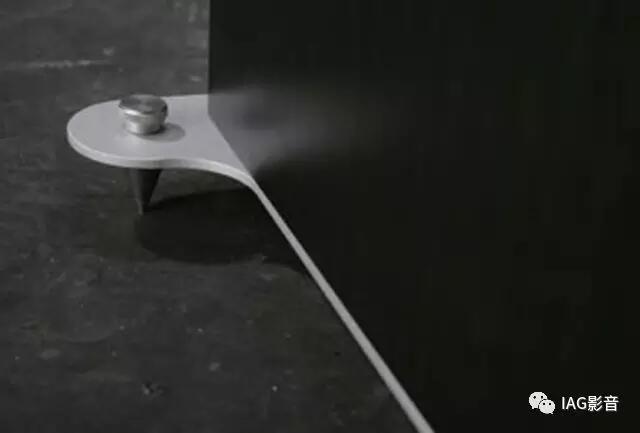


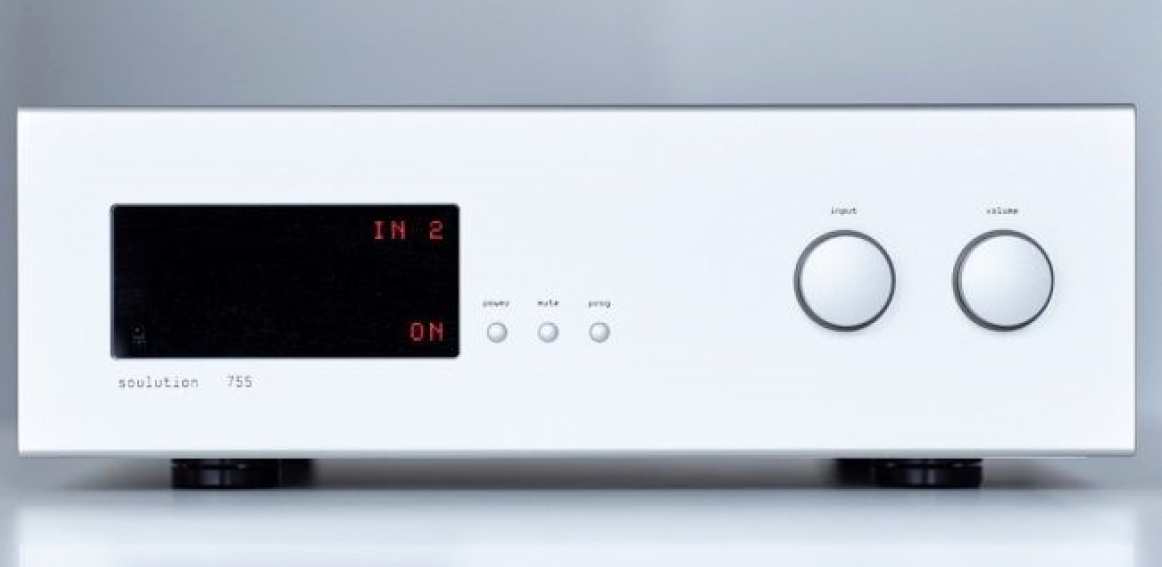
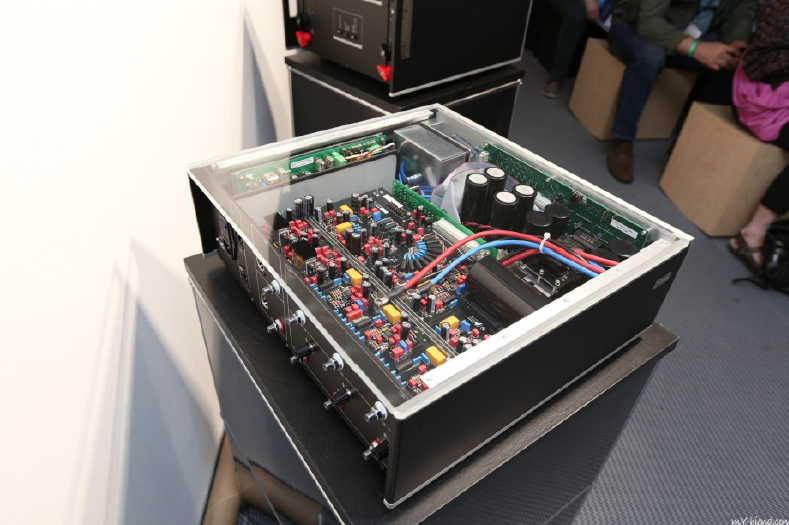
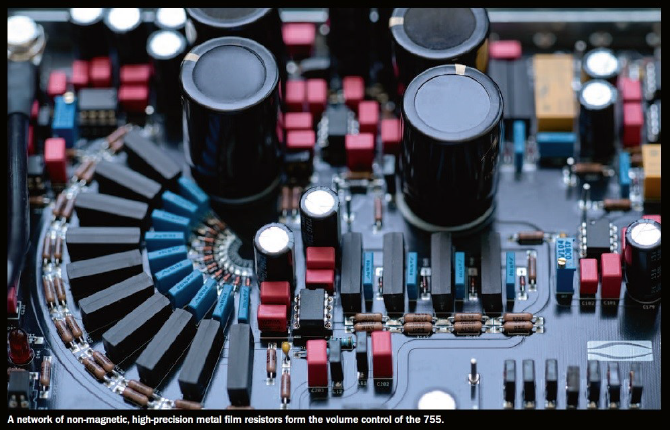

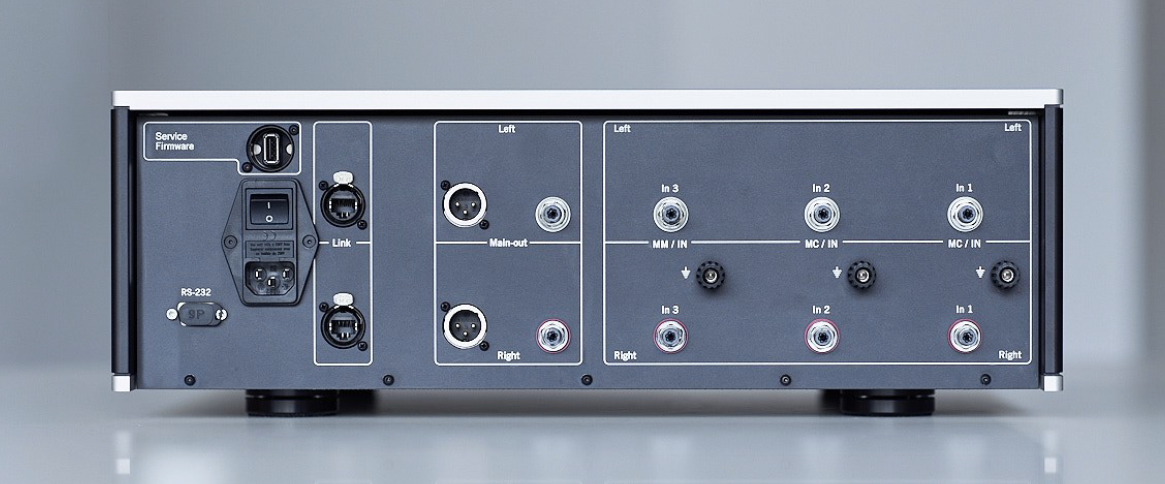
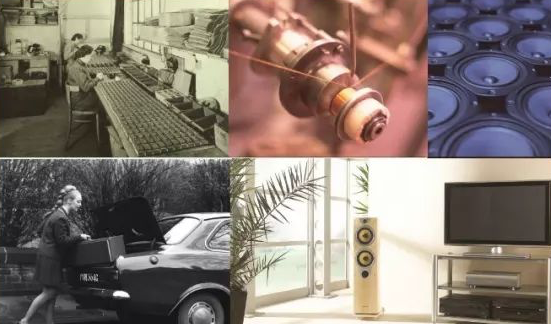
 Gilbert Briggs(吉貝爾恃布裡格斯)是英國 Wharfedale 喇叭的創始人兼任音像協會主持人。 他獻身於音響事業是出自於對音樂的熱愛,為了尋找一台聲音滿意的鋼琴,不惜花去多年的儲蓄足足換了40 台,才找到了至愛的 Steinway Grand 鋼琴。 他把自己對音樂的摯轟和執著化成了畢生的事業。他早期制造聲音重播系統的經瞼和理論相當成功從此開始創辦了一家舉世矚目的經典音響制適企業並享譽世界超越80 多年的尖端品牌廠商。
Gilbert Briggs(吉貝爾恃布裡格斯)是英國 Wharfedale 喇叭的創始人兼任音像協會主持人。 他獻身於音響事業是出自於對音樂的熱愛,為了尋找一台聲音滿意的鋼琴,不惜花去多年的儲蓄足足換了40 台,才找到了至愛的 Steinway Grand 鋼琴。 他把自己對音樂的摯轟和執著化成了畢生的事業。他早期制造聲音重播系統的經瞼和理論相當成功從此開始創辦了一家舉世矚目的經典音響制適企業並享譽世界超越80 多年的尖端品牌廠商。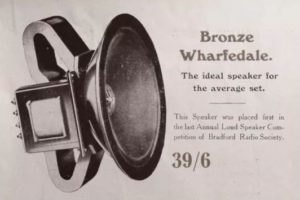 1932 年 Gilbert Brggs 把家中地窖改裝成一個精簡的音響開發操作間。在這個地下室裡 Gilbert Brggs 成功地開發了世界上第一隻電磁圈推動的單體揚聲器。而位於 Wharfe 河邊的小鎮也因此成了 Wharfedale 音響制造業的發源地。 時至今天 GIbert-Briggs 的開創先驅性成就仍受到Hi-Fl界的無比贊宮與尊崇致敬。
1932 年 Gilbert Brggs 把家中地窖改裝成一個精簡的音響開發操作間。在這個地下室裡 Gilbert Brggs 成功地開發了世界上第一隻電磁圈推動的單體揚聲器。而位於 Wharfe 河邊的小鎮也因此成了 Wharfedale 音響制造業的發源地。 時至今天 GIbert-Briggs 的開創先驅性成就仍受到Hi-Fl界的無比贊宮與尊崇致敬。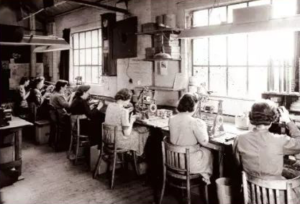 1933 年 Gilbert 在 Bradford 附板開辦了一家小工廠進行推動揚聲器單元的手工生產 。此消息很快傳遍整個英國地區而當時的揚聲器單元的訂貨頓時大增。 起初他們隻是家庭式生產作業,Gilbert 的太太也在主管生產部門工作,一切單元的音圈繞制焊接也都要親力親為,不眠不休的進行,這樣才可以勉強 應付當時市場對揚聲器單元的激烈需求。
1933 年 Gilbert 在 Bradford 附板開辦了一家小工廠進行推動揚聲器單元的手工生產 。此消息很快傳遍整個英國地區而當時的揚聲器單元的訂貨頓時大增。 起初他們隻是家庭式生產作業,Gilbert 的太太也在主管生產部門工作,一切單元的音圈繞制焊接也都要親力親為,不眠不休的進行,這樣才可以勉強 應付當時市場對揚聲器單元的激烈需求。 Gllbert-Briggs 在 1948 年創作的經典著作 LOUDSPEAKERS 是世界一第 一本講解揚聲器的設計和制作的業界天書。 Gilbert-Briggs 畢生為英國音響行業培養出許多音響設計技術專才,在英國有不少 Hi-Fi 音響廠家的設計師曾經在 Gllbert-Briggs 門下 得以揚聲器制作技術真傳。Gllbert-Briggs 著作的 Loudspeakers – The Why & How of Good Reproduction 揚聲器制作天書是眾多的國際 Hi-Fi 揚聲器廠家(包括美國、德、法、日)設計揚聲器的基礎上首要學習的必讀 參考書籍。 如今 Gilbert-Briggs 所著作的書籍已經成為世界上具中之一的珍貴科研學術遺產。
Gllbert-Briggs 在 1948 年創作的經典著作 LOUDSPEAKERS 是世界一第 一本講解揚聲器的設計和制作的業界天書。 Gilbert-Briggs 畢生為英國音響行業培養出許多音響設計技術專才,在英國有不少 Hi-Fi 音響廠家的設計師曾經在 Gllbert-Briggs 門下 得以揚聲器制作技術真傳。Gllbert-Briggs 著作的 Loudspeakers – The Why & How of Good Reproduction 揚聲器制作天書是眾多的國際 Hi-Fi 揚聲器廠家(包括美國、德、法、日)設計揚聲器的基礎上首要學習的必讀 參考書籍。 如今 Gilbert-Briggs 所著作的書籍已經成為世界上具中之一的珍貴科研學術遺產。
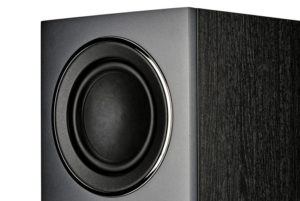 It seems that the high-ups at IAG had the same thought and decided the brand needed a dedicated design team. They’ve hired people that had worked with Mission in the past in the hope that some of the old magic could be resurrected.
It seems that the high-ups at IAG had the same thought and decided the brand needed a dedicated design team. They’ve hired people that had worked with Mission in the past in the hope that some of the old magic could be resurrected.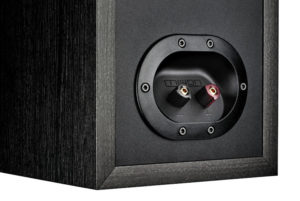 The single-wired route makes sense to us, particularly at budget price levels. It allows funds to be concentrated on a single good quality run of speaker cable rather than splitting it between two cheaper alternatives.
The single-wired route makes sense to us, particularly at budget price levels. It allows funds to be concentrated on a single good quality run of speaker cable rather than splitting it between two cheaper alternatives.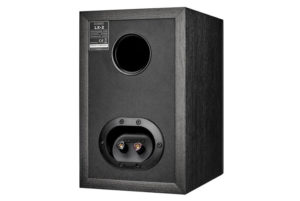 The cabinet is equally carefully designed. Budget constraints mean that there’s no place for high tech materials or extravagant engineering solutions to controlling cabinet resonances, so the designers have gone back to basics (while using cutting-edge measurement and design equipment) to come up with a wooden box that provides a solid platform for the drive units to work from.
The cabinet is equally carefully designed. Budget constraints mean that there’s no place for high tech materials or extravagant engineering solutions to controlling cabinet resonances, so the designers have gone back to basics (while using cutting-edge measurement and design equipment) to come up with a wooden box that provides a solid platform for the drive units to work from. Positioning is easy, just as it should be for speakers that could find themselves as likely to be stuffed in the middle of a crowded bookshelf as they could on top of a pair of dedicated stands.
Positioning is easy, just as it should be for speakers that could find themselves as likely to be stuffed in the middle of a crowded bookshelf as they could on top of a pair of dedicated stands. These get right to the heart of the music, as if the Missions have a direct line to the studio and know exactly what the musicians wanted you to feel. That’s a rare quality regardless of price.
These get right to the heart of the music, as if the Missions have a direct line to the studio and know exactly what the musicians wanted you to feel. That’s a rare quality regardless of price.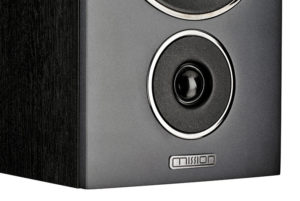 At no point do these speakers sound like they’ve taken on more than they can handle.
At no point do these speakers sound like they’ve taken on more than they can handle.